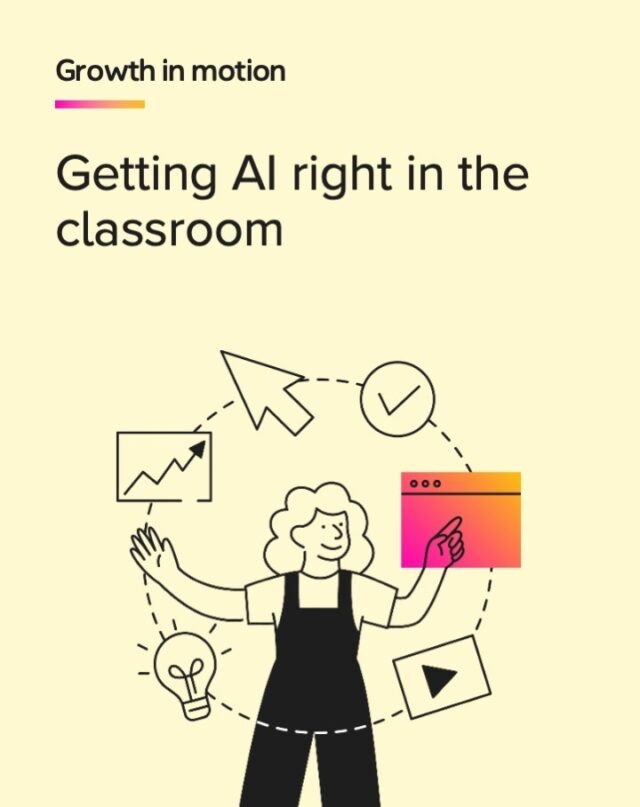-
Core Curriculum
Featured Posts

Unlocking the Power of Big Data in Education
Big data in education is reshaping how schools identify learning needs and personalize instruction. Learn how thoughtful data use can help districts take meaningful action that supports every student.

AI is reshaping education—discover how to harness its potential and ensure we get it right for learners everywhere.

Explore why using assessment data to inform instruction is key to making informed teaching decisions and improving student achievement.

Discover the six essential components of Structured Literacy and why they matter for every classroom.

Teaching with technology in the classroom helps educators boost engagement and personalize learning. Explore practical strategies for using digital tools effectively.
Latest Posts
AWARDS & ACCOLADES

Shorty Awards
Audience Honor, 2023, Shaped

Digiday Content Marketing Awards
Finalist, 2023, Shaped

People’s Choice Podcast Awards
Finalist, 2021 & 2023, Teachers in America
*The views expressed in our blog are those of the authors and do not necessarily represent those of HMH.








